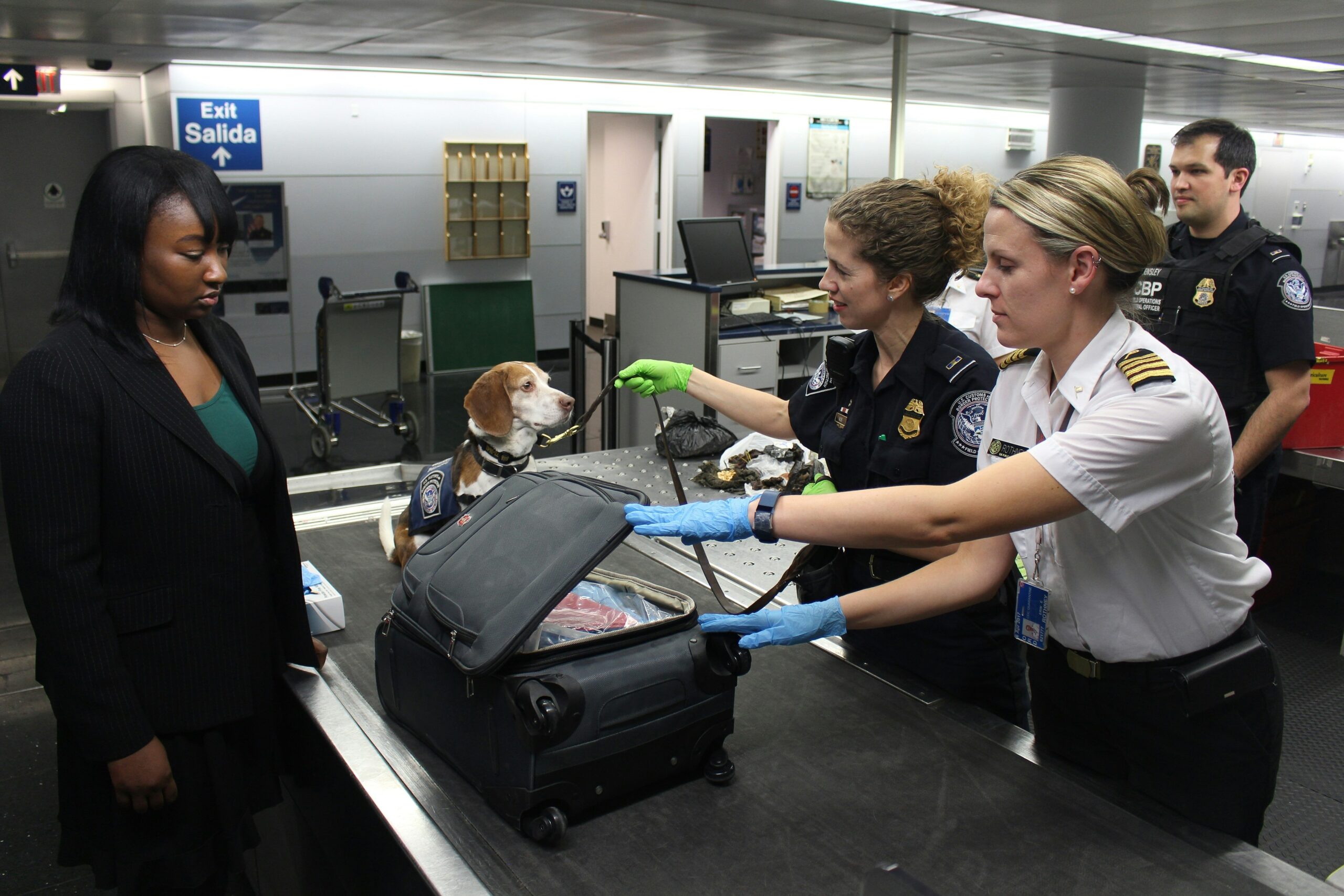“Wait, they lost my bag and charged me for checking it? Seriously?” If this sounds like you, you’re not alone. Let’s fix that mess together—starting right now.
Table of Contents
- Key Takeaways
- Why Checked Baggage Fees Are a Pain (And the Reimbursement Silver Lining)
- How to Get Checked Baggage Fee Reimbursement (Step-by-Step)
- Pro Tips: Mastering Reimbursement Like a Pro
- Real-Life Stories: Successes and Fails With Baggage Fee Claims
- FAQs About Checked Baggage Fee Reimbursement
Key Takeaways
- Many airlines offer reimbursement for checked baggage fees in cases of delayed, lost, or damaged luggage.
- To claim your money back, document everything—from receipts to communication with airline staff.
- Persistence pays off: Escalate your claim if necessary and know your rights under U.S. Department of Transportation rules.
- Bonus tip: Travel insurance can cover the fees when airlines won’t budge.
Why Checked Baggage Fees Are a Pain (And the Reimbursement Silver Lining)
Picture this: You pay $50+ just to check a bag on your flight. Then, after landing, you discover that said bag is missing. Oof. Adds insult to injury, doesn’t it? Well, what if I told you there’s a way to get that fee refunded—and maybe even more?
Airlines made over $5 billion from baggage fees last year alone. But guess what? You don’t have to quietly hand over your cash. In many situations, especially involving delays or mishandling, you’re entitled to reclaim those fees through a formal process known as checked baggage fee reimbursement. Sounds promising, right? Stick around because we’ll show you exactly how to do it.

Figure 1: Airline revenues dominated by ancillary charges like baggage fees.
How to Get Checked Baggage Fee Reimbursement (Step-by-Step)
1. Know Your Rights
The first rule of fight club baggage claims? Educate yourself. For U.S.-based travelers, the DOT mandates compensation for checked luggage issues beyond simple delays. This includes liability caps up to $3,800 per passenger for domestic flights. Some international treaties extend similar protections.
2. Document Everything
“Optimist You”: “I’m sure the airline will sort this out quickly.”
“Grumpy You”: “Yeah, right. Save every single receipt.”
Snap photos of damaged bags at the carousel, keep scans of all related emails, and record timestamps of conversations with customer service reps. Documentation is king here, folks.
3. File Your Claim ASAP
Don’t wait! Most airlines require claims within 24 hours for damage reports and seven days for delays. Visit their official website, fill out the claim form carefully, and attach evidence of payment (hello, baggage fee receipt).
4. Escalate When Needed
If your initial request gets denied—and trust me, this happens—you’ve got options. Write a polite but firm escalation email citing relevant regulations (e.g., DOT rules). As a last resort, call their corporate office or complain via social media channels; companies hate bad PR.

Figure 2: Steps to escalate your baggage reimbursement claim effectively.
Pro Tips: Mastering Reimbursement Like a Pro
- Ditch Generic Requests: Instead of saying “I want my money back,” specify: “Per DOT regulation CFR §XXX, I am requesting reimbursement for my checked baggage fee due to X.”
- Use Travel Insurance: Consider purchasing coverage designed to refund these types of nuisance fees when airlines refuse responsibility.
- Stay Calm but Persistent: Don’t scream at agents—they’re probably overworked humans too—but follow up weekly until resolved.
Real-Life Stories: Successes and Fails With Baggage Fee Claims
Here’s one for the books: Sarah from Chicago flew Delta Airlines and her suitcase went AWOL for five days during a crucial business trip. Armed with screenshots of damaged zippers and a copy of her credit card statement, she filed a claim and followed up diligently. Result? Full $60 baggage fee reimbursement plus an apology voucher!
But beware—it isn’t always smooth sailing. John tried claiming his fee without proper documentation and spent months arguing with representatives before finally giving up. Lesson learned: Always come prepared.
FAQs About Checked Baggage Fee Reimbursement
Q: Do all airlines offer reimbursements for lost or delayed bags?
A: Not necessarily. Policies vary widely depending on the carrier and route type (domestic vs. international). Always check their terms beforehand.
Q: What qualifies as “damage” under most policies?
A: Physical harm such as torn fabric, broken wheels, or malfunctioning locks typically counts. Cosmetics scratches usually don’t.
Q: How long does it take to process a reimbursement?
A: It depends on the company, but expect at least two weeks to several months, unfortunately.
Conclusion
Getting reimbursed for checked baggage fees might feel daunting at first glance—but armed with knowledge, patience, and persistence, victory awaits. Remember: document obsessively, lean on legal regulations, and escalate tactfully when needed. Oh, and never underestimate the power of travel insurance.
Final note: Like remembering AIM away messages from the early 2000s, mastering checked baggage fee reimbursement takes practice—but once you nail it, you’re unstoppable.
Tamagotchi thought bubble moment: Feed your inner advocate daily 😉.


